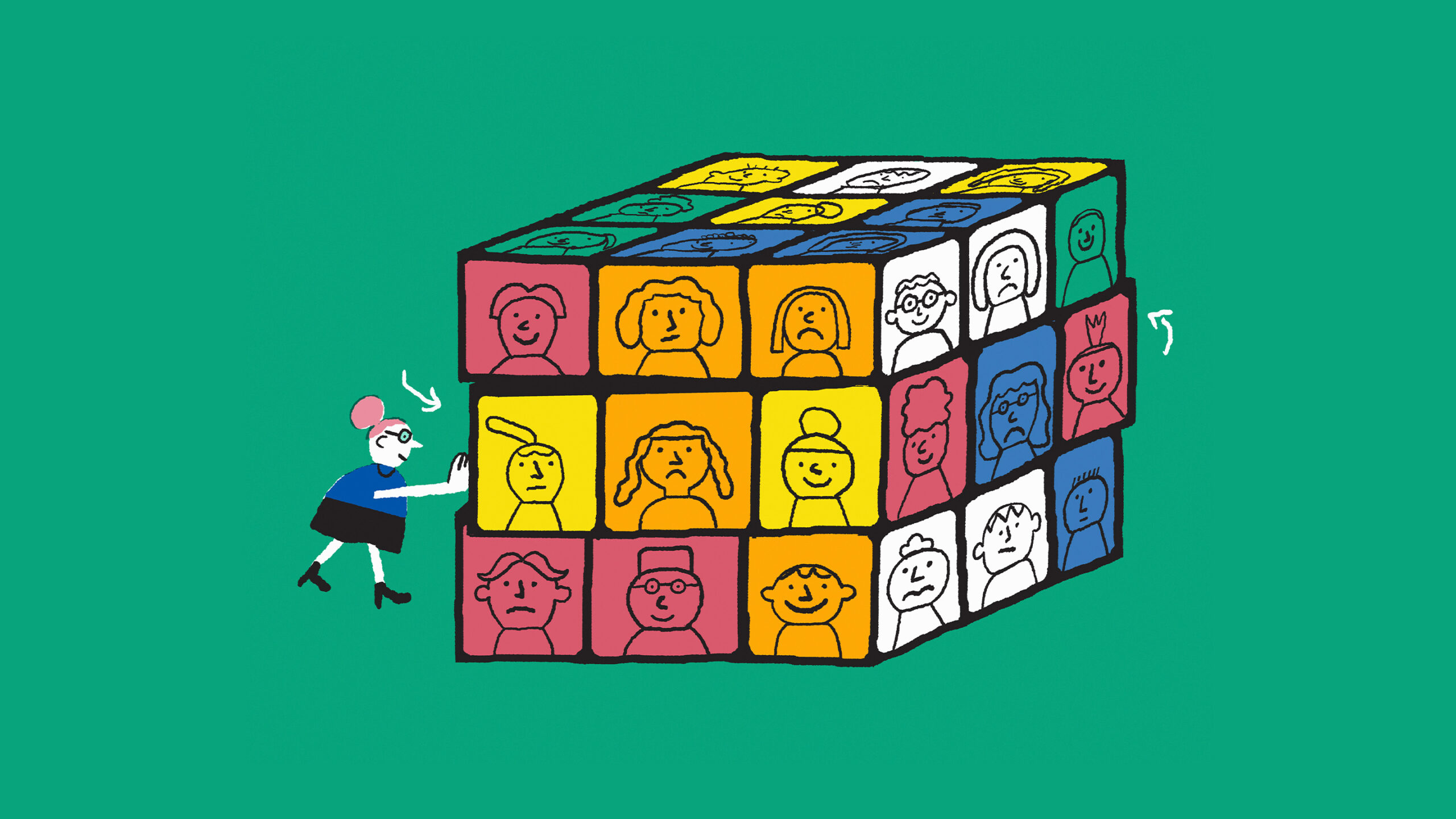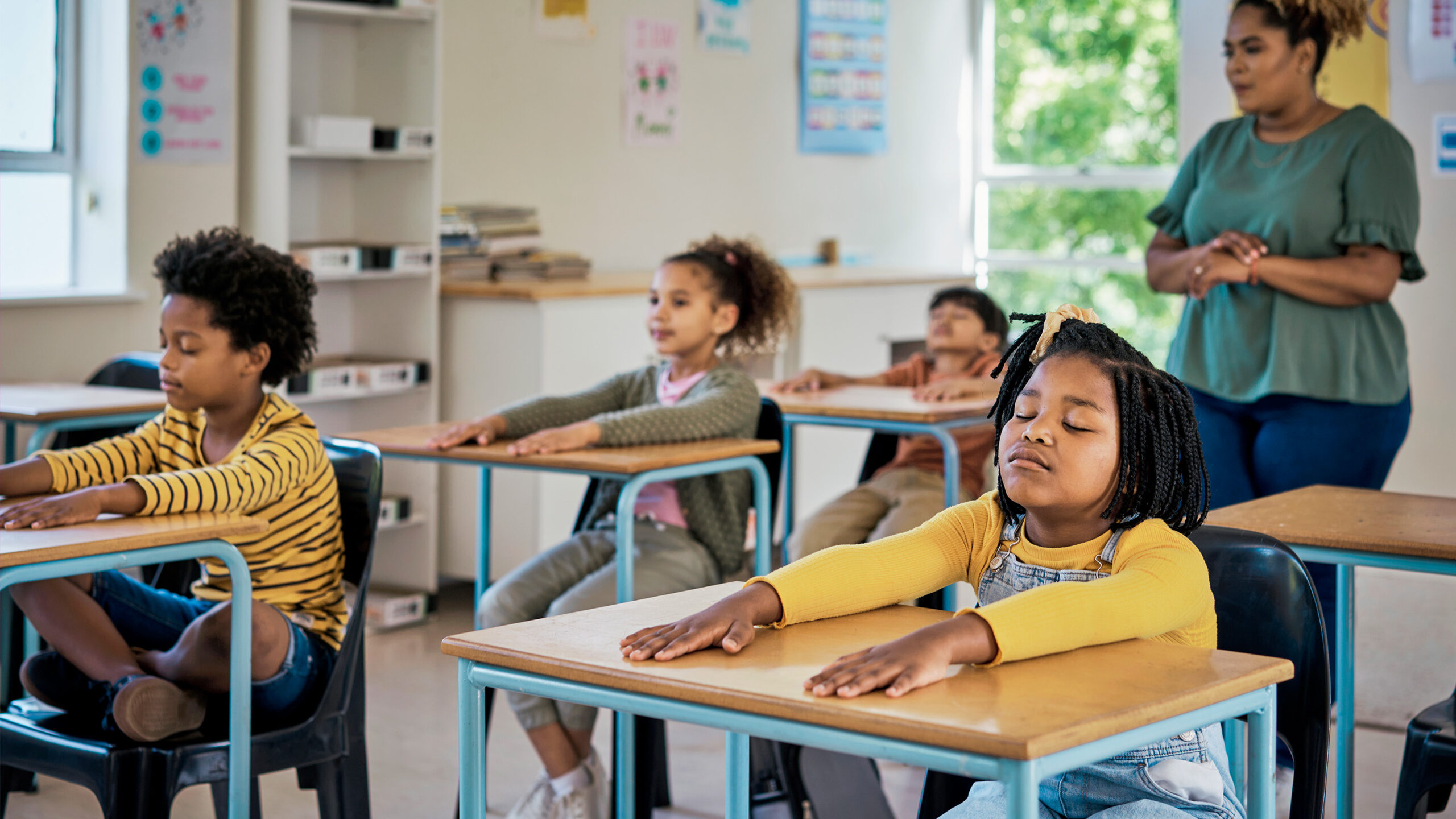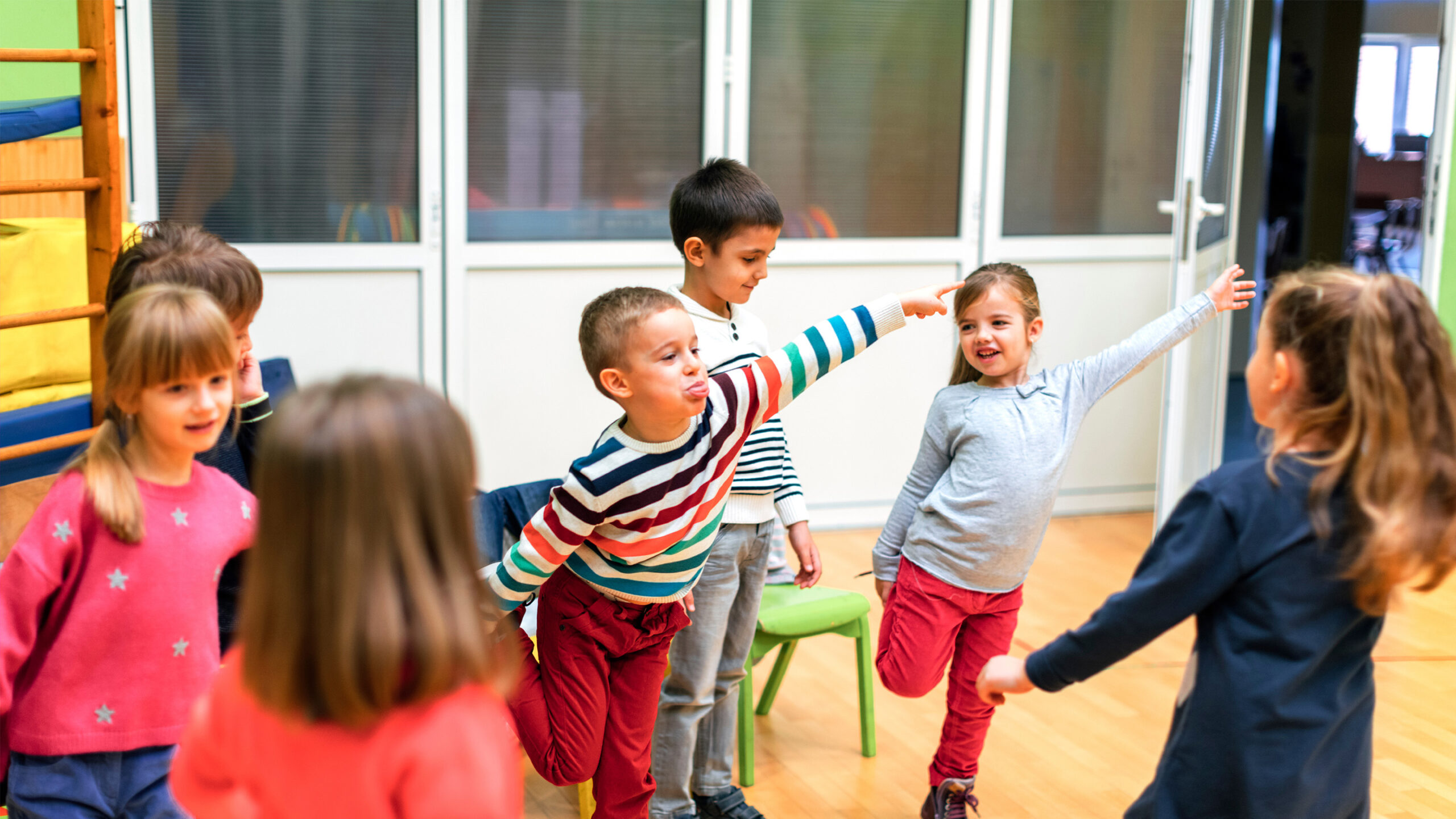[ad_1]
Within the current day’s lecture rooms are generally characterised by behaviors that disrupt learning. Standard disciplinary measures provide quick fixes nonetheless normally fail to deal with the muse causes. Social and emotional learning (SEL) emphasizes school college students’ social and emotional needs holistically. Integrating SEL into classroom practices encourages school college students to develop self-awareness, empathy, and wise communication experience, leading to a further optimistic and conducive learning environment. Restorative practices, which emphasize repairing harm and rebuilding relationships, provide another option to traditional disciplinary measures which will deepen resentment.
Furthermore, promoting a progress mindset helps school college students view challenges as alternate options, encouraging resilience and lowering damaging behaviors by shifting their notion of failure. Lecturers ought to cultivate emotional intelligence to efficiently educate and model CASEL’s SEL competencies: accountable decision-making, self-awareness, self-management, relationship experience, and social consciousness. By rising these experience, teachers can increased model, deal with, and instruct school college students on navigating their emotions and interactions.
All by my career, I’ve realized the benefits of implementing SEL to rectify damaging habits in pre-kindergarten, elementary, and heart college lecture rooms.
1. Cultivate a Protected and Inclusive Classroom Ambiance
The inspiration of SEL is creating an space the place school college students actually really feel safe, revered, and valued. Antagonistic habits normally stems from feelings of insecurity or exclusion. You possibly can start by establishing clear classroom expectations for respect and kindness. Encourage school college students to share their feelings and concepts with out fear of judgment. Generally work together the class in actions that promote teamwork and understanding, akin to group duties or classroom conferences. When school college students actually really feel they belong and are heard, they are much much less liable to act out negatively.
I begin the varsity 12 months by establishing clear expectations for respect and kindness. I meet with each scholar randomly by the week to encourage them to share their concepts, feelings, and concerns. All through these “conferences,” I model vigorous listening and make sure that every scholar can talk with out fear of judgment. I moreover incorporate group duties that promote teamwork and collaboration, allowing the students to work collectively and understand each other’s views.
All through these conferences, I’ve realized, as an example, of the anger {{that a}} scholar felt about feeling abandoned by their natural father or mom and of students stating that they did not actually really feel competent to be inside the grade they’d been in on the time. An identical to all folks, school college students have feelings and concepts which will overwhelm them mentally and emotionally. Setting up perception alongside together with your school college students is crucial in order that they actually really feel safe telling you one thing. You not at all know what the end result may be.
I’ve moreover carried out ClassDojo to strengthen these values, awarding components for optimistic behaviors akin to collaboration, empathy, and respectful communication. I can monitor enhancements by ClassDojo by awarding components when the class works collectively to guarantee that all members are involved in group duties, serving to others, or working laborious. I’ve seen my school college students being further thoughtful of their communication with one another, holding one another accountable, and dealing collectively to make sure that our classroom is evident and we’re caring for one another, even whether or not it’s one factor as simple as cheering up a classmate once they’re exhibiting indicators of disappointment.
2. Practice and Model Emotional Literacy for sel
Many damaging behaviors come up from school college students’ incapacity to acknowledge and deal with their emotions. Instructing emotional literacy empowers school college students to know and articulate their feelings. It’s possible you’ll incorporate courses that help school college students decide emotions in themselves and others. As quickly as school college students can decide their emotions, you probably can educate them strategies for managing these emotions, akin to deep respiratory, counting to 10, or using “I actually really feel” statements. These practices help cease emotional outbursts and encourage further constructive strategies of dealing with frustration or anger.
I on a regular basis uncover a technique to mix courses on recognizing and managing emotions. Early inside the 12 months, I introduce emotionally intelligent vocabulary, akin to indignant, upset, or unhappy, educating school college students tips about methods to decide their emotions and acknowledge these of others. I moreover showcase the emotion wheel and feelings chart on the projector. We deal with using “I actually really feel” statements to articulate emotions, like “I actually really feel irritated as soon as I can’t finish my work.” I moreover educate and model coping strategies for managing robust emotions, akin to deep respiratory and counting to 10. It doesn’t harm to include a hug, which is often all school college students need once they’re having problem regulating their emotions.
Doing so has decreased emotional outbursts. School college students began using their “I actually really feel” statements further usually, which helped resolve peer conflicts. As an example, as a substitute of thought of one among my school college students recognized for having random outbursts and tantrums storming out of the classroom, he walked as a lot as me (in tears) and used the sentence stem “I actually really feel” to tell me what had occurred between him and one different scholar. His doing so allowed us to have a dialog that resulted in a hug between the two school college students, an understanding of why the scholar felt one of the simplest ways he did, and smiles on one of the simplest ways once more to their seats.
3. Model and Observe Empathy
Empathy is an important factor of SEL and is crucial in rectifying damaging habits. When school college students uncover methods to see points from one different’s perspective, they’re further liable to act with kindness and understanding. To point out empathy, you probably can usually work together school college students in actions that require them to ponder the emotions of others. Furthermore, you probably can model empathetic habits in your interactions with school college students.
Emphasizing empathy is so essential to me. I incorporate widespread actions and discussions to help school college students understand and consider the emotions of others. Place-playing conditions the place school college students sort out completely totally different views, akin to resolving a playground disagreement or serving to a classmate who feels excluded, are moreover carried out when time permits. I be taught tales that uncover numerous views and lead discussions on how characters might actually really feel and why they act one of the simplest ways they do. In each day interactions, I make it some extent to model empathy by actively listening to school college students, validating their emotions, and responding with compassion as soon as they categorical concerns.
Over time, my classroom environment has develop into further supportive and inclusive. Conflicts are resolved further peacefully, and school college students have develop into further considerate of each other’s feelings, leading to a reduction in damaging behaviors and an complete enhance in optimistic peer interactions.
SEL provides an environment friendly method for addressing damaging habits inside the classroom by specializing in school college students’ emotional and social development. Educators can rework damaging behaviors and foster a respectful, supportive classroom neighborhood by cultivating a safe, inclusive environment, educating emotional literacy, modeling empathy, using restorative practices, and fostering a progress mindset.
Ask Edutopia AIBETA
Responses are generated by artificial intelligence. AI might make errors.
[ad_2]
Provide hyperlink



